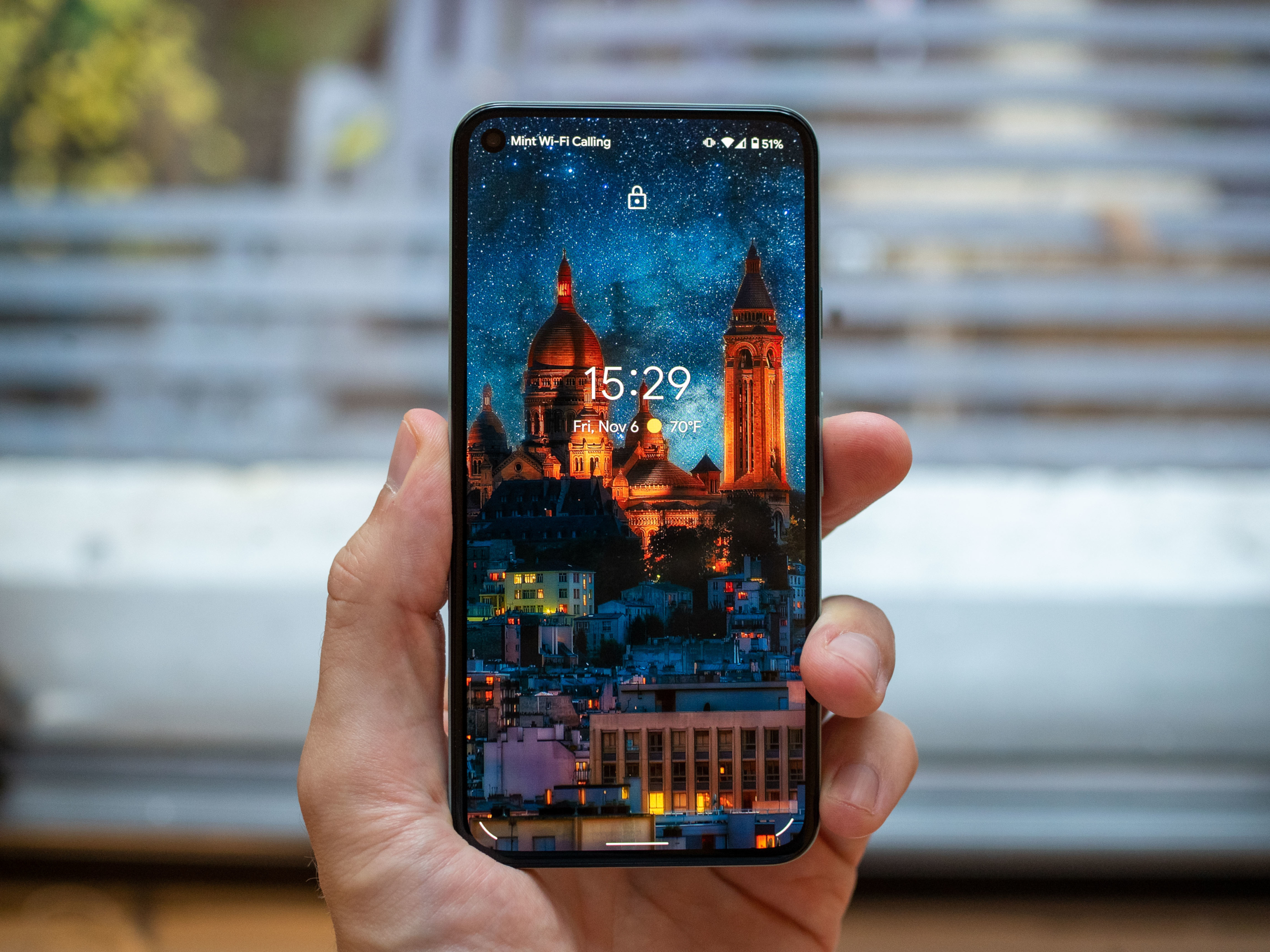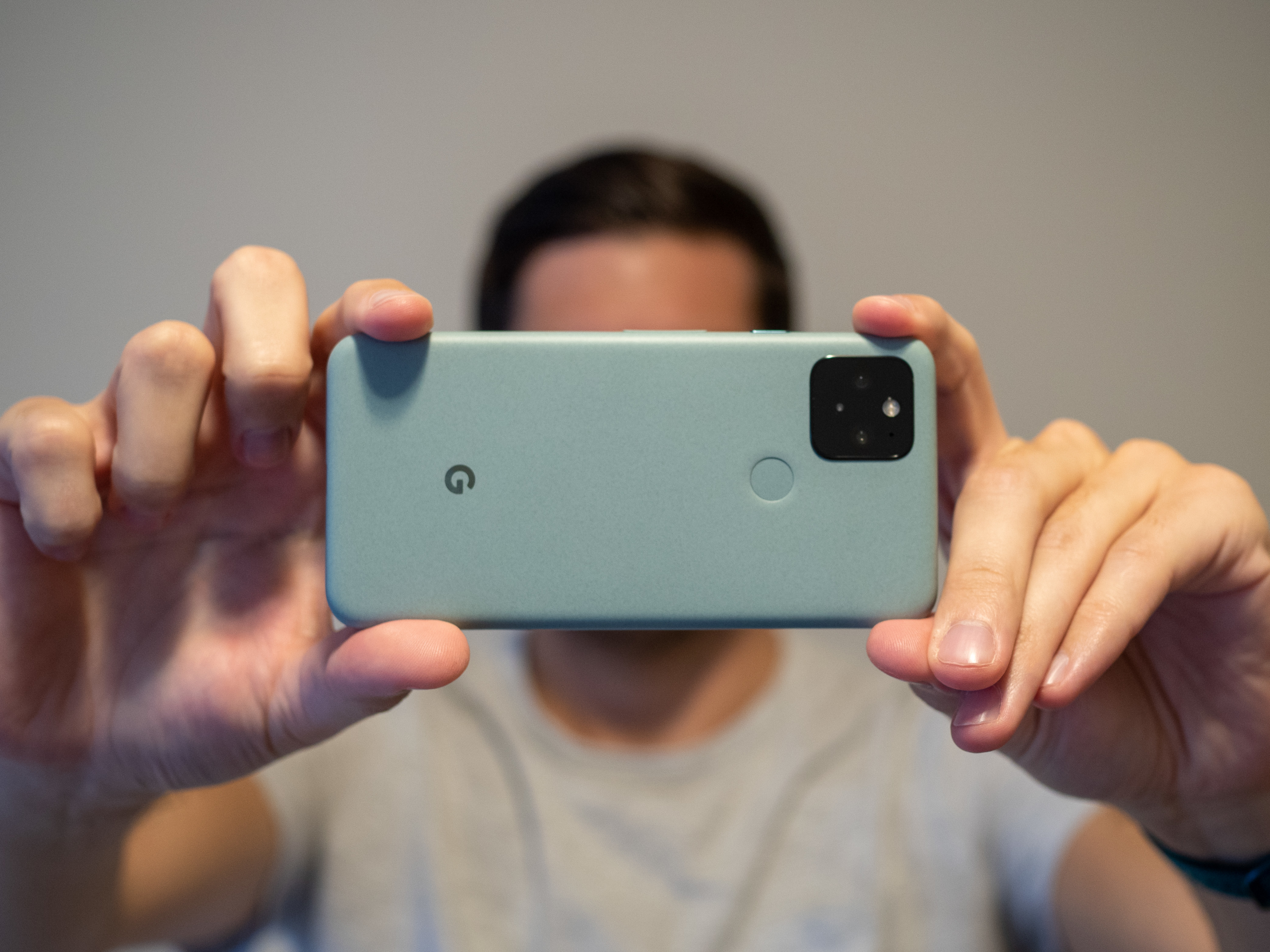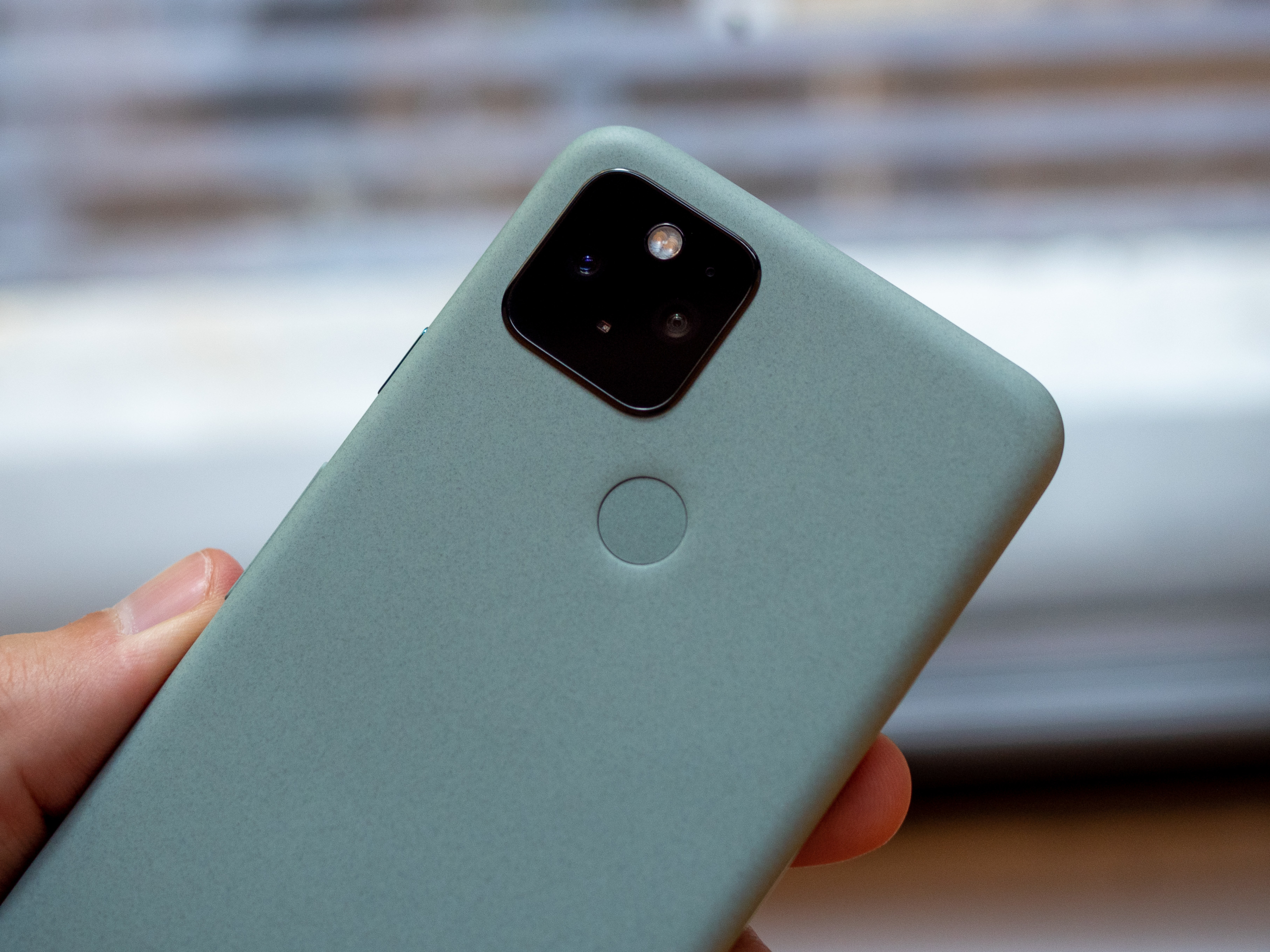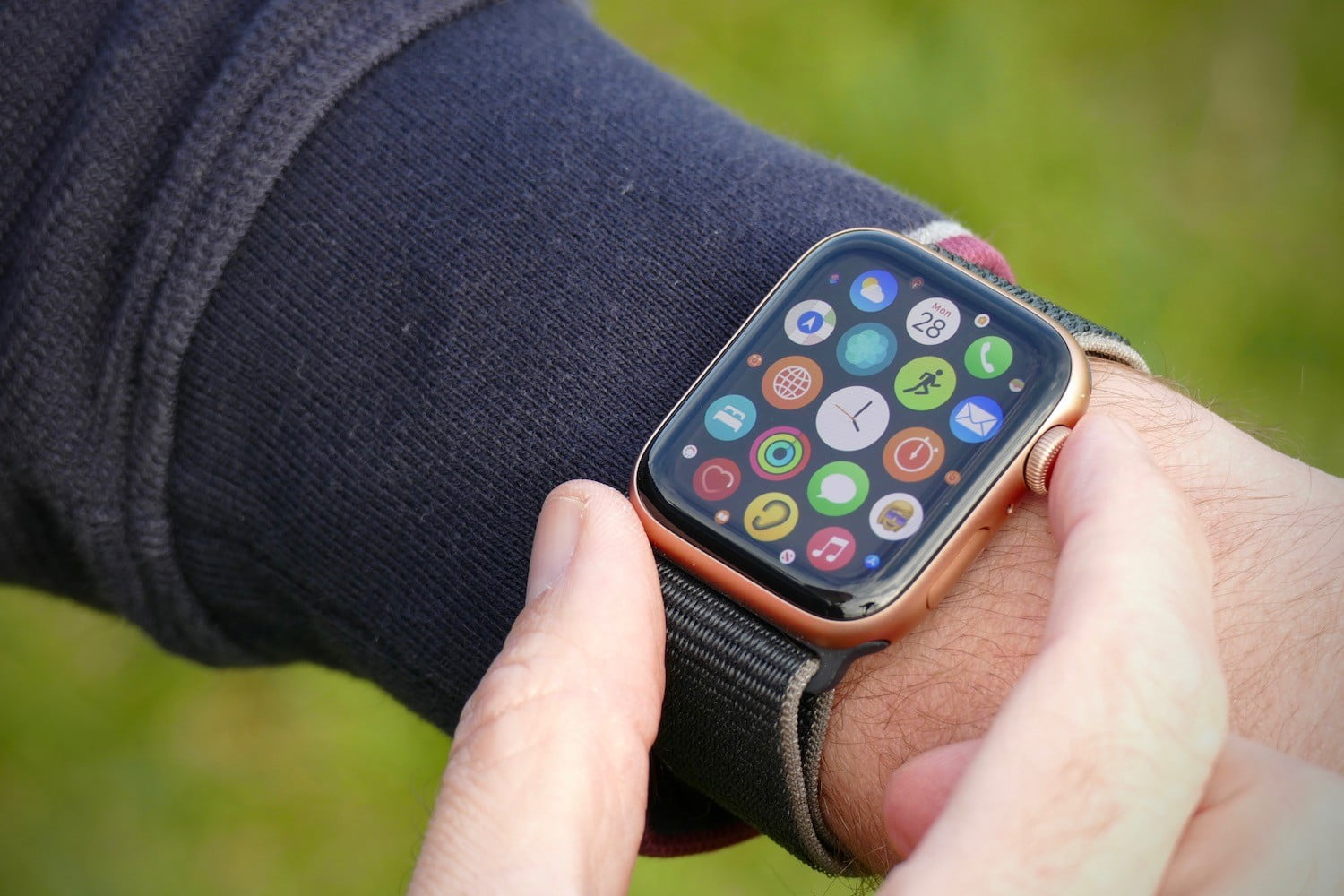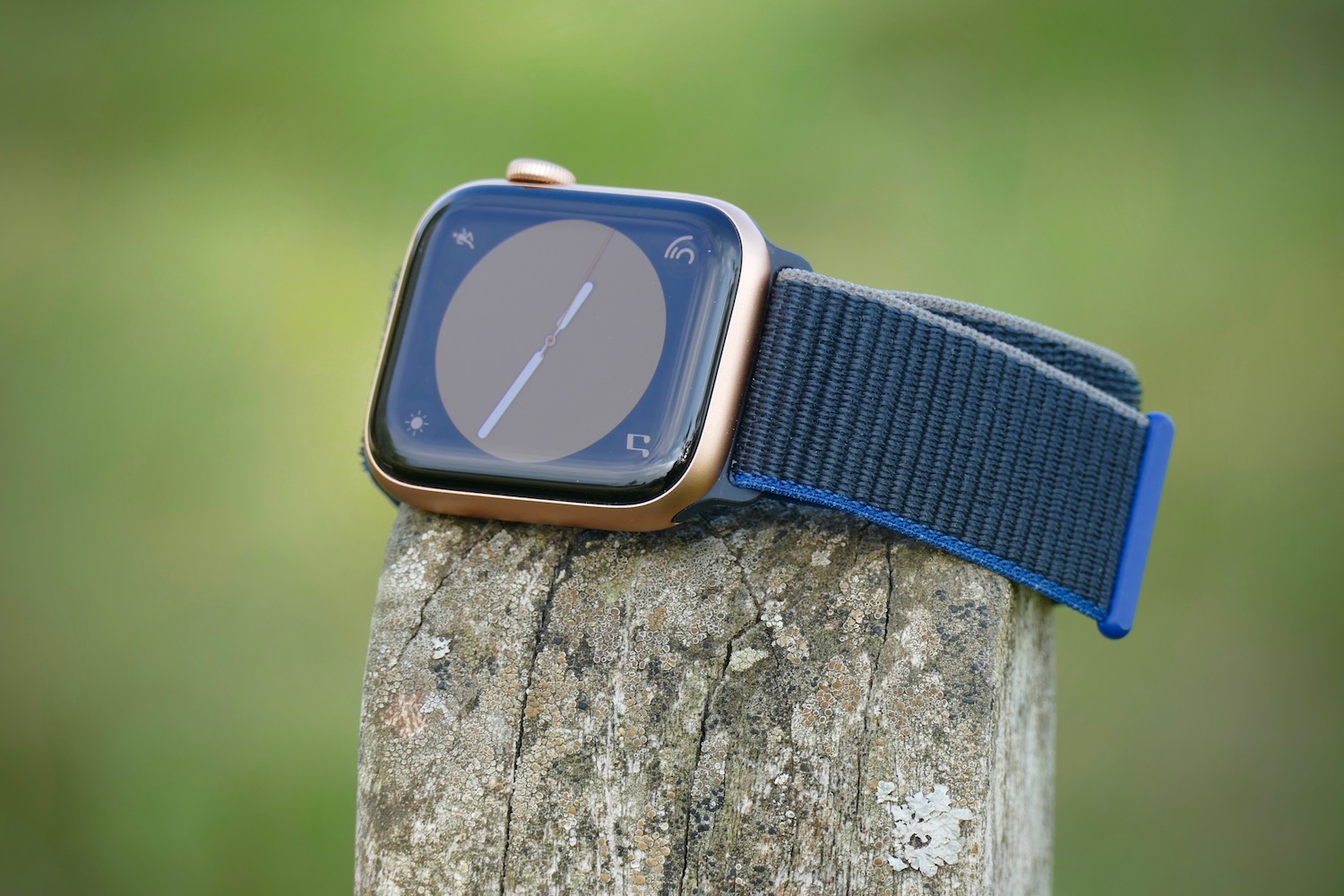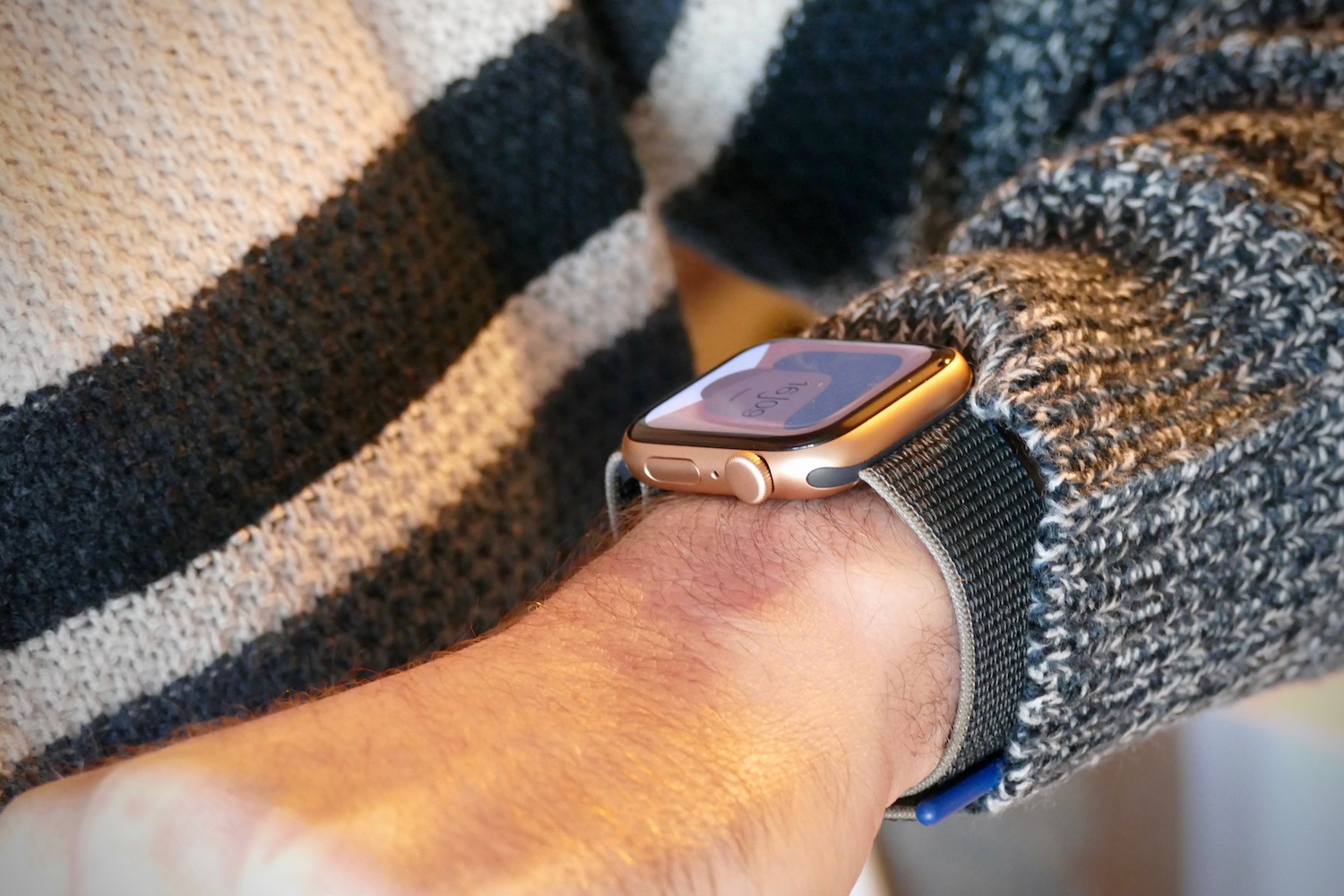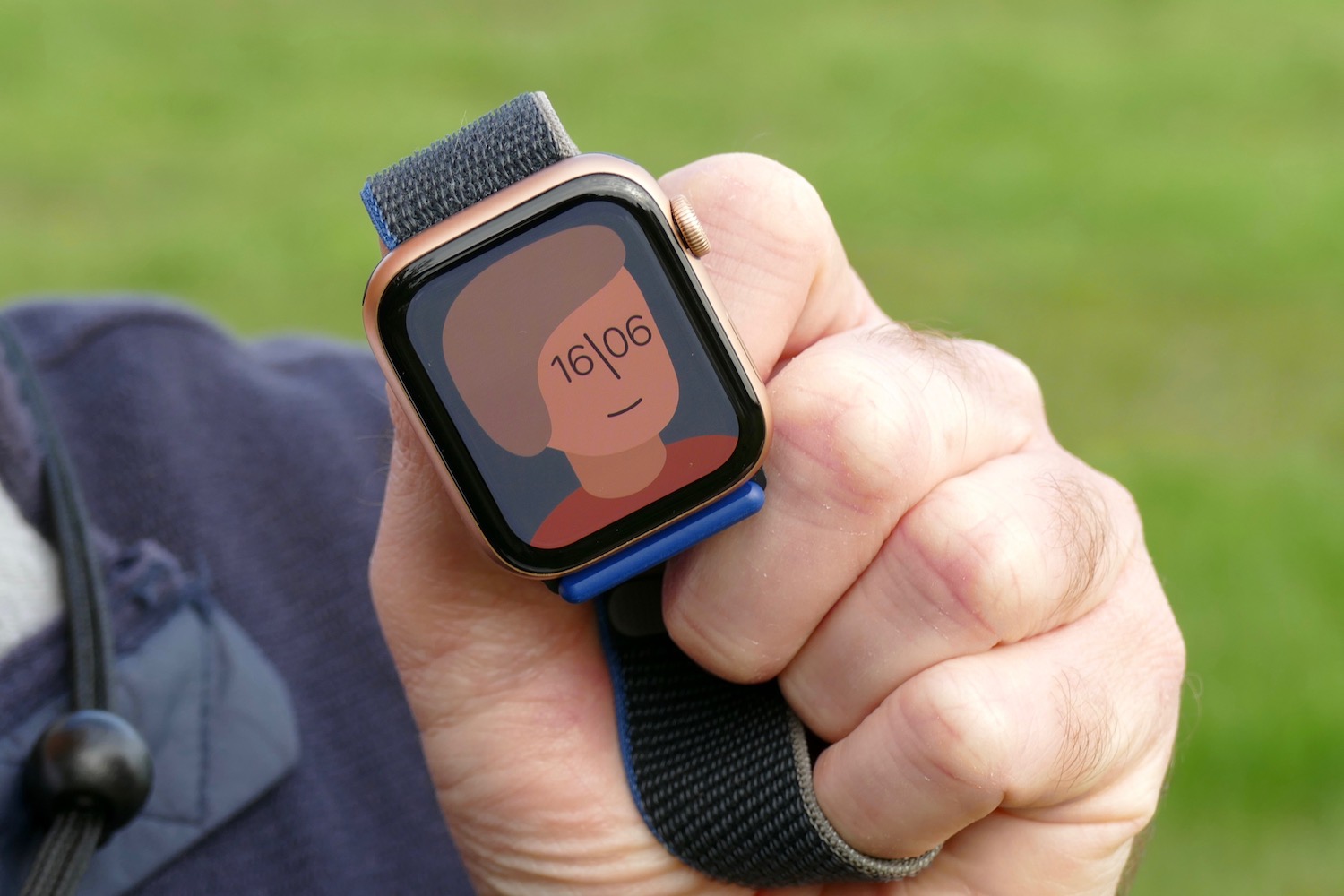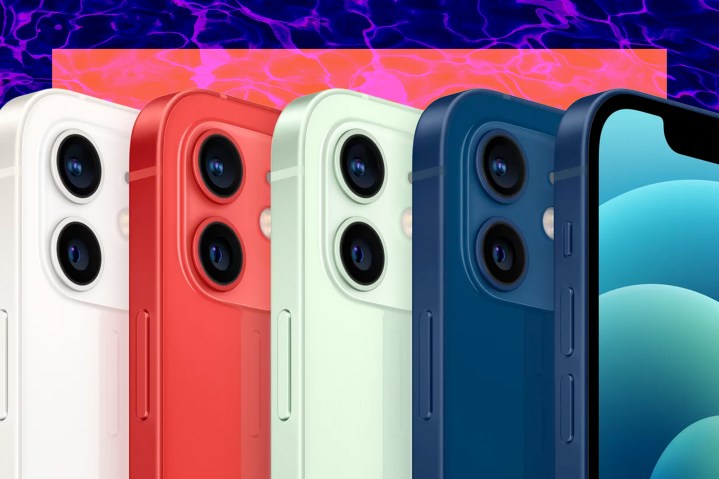
Covering the mobile world always keeps us on our toes. With phones, tablets, wearables, and everything adjacent, there’s more than enough to keep us busy. When we look back at this year, though, some products really stand out from the crowd. They’re our top picks in mobile for 2020.
Best in mobile: Apple iPhone 12 Pro
Smartphones continue to be the most important mobile device in our lives. They’re constantly at our side, and people invariably pick their phone as their most important gadget. For 2020, the best representation of the do-it-all smartphone is the iPhone 12 Pro.
Apple perfectly executed this fresh design, and it’s best in the heavier and sturdier stainless steel of the Pro. Paired with a matte glass back and new color schemes, it’s excellent to see and hold. The display is bigger and better than before, putting it right at the top of the industry. The camera experience is top-notch in all lighting conditions, and dead simple to use. And of course, iOS continues to be fast, consistent, and user friendly. It’s a complete package.

You can almost expand this top award to encompass the entire iPhone 12 lineup, because it’s Apple’s most cohesive and compelling yet. So much of what makes the iPhone 12 Pro great is found in the cheaper iPhone 12, and even the compact 12 Mini, which is just incredible. The iPhone 12 Pro Max also elevates the already-great camera experience further, and adds in incredible battery life.
The entire iPhone 12 lineup is superb, and the iPhone 12 Pro is the best of the bunch.
Best value smartphone: Google Pixel 5
Apple made a huge splash this year, but there’s no reason to ignore Google’s contribution. The Pixel 5 isn’t particularly flashy, but it’s a standout device in so many ways, and reaches incredible heights considering its price of just $699.
The Pixel 5 is a perfect expression of what Google does best: Pull together what seems like a ho-hum set of specs, and make an experience that’s far greater than the sum of its parts. The hardware is simple yet effective, with a robust body that’s just the right size. The screen won’t blow you away, but it’s above-average and has a high refresh rate. And despite not having top-end specs, the software is consistently fast and app performance is great.
The real winner here, though, is the camera system. The $699 Pixel 5 competes with any phone camera at any price, in all lighting conditions. You’ll get colorful and sharp daylight shots, but also stunning Night Sight photos, even in complete darkness. And it all happens with a simple camera app that doesn’t overwhelm you with features or settings. Just point and shoot.
Google also continues to offer an excellent software experience overall. The Android 11 interface is fast and easy to understand, with just a handful of great features that are useful without being crowded out by superfluous additions.
The Pixel 5 is a fantastic phone at any price. But it’s truly great, and a fantastic value, for only $699.
Best tablet: Apple iPad Air 4
When most people think “tablet,” they picture an iPad in their head. Though Apple has solid devices with the latest base iPad and the pair of iPad Pros, it’s the just-refreshed iPad Air that’s our pick for the best tablet of the year.
The iPad Air is a perfect middle-ground device that brings the high-class design and incredible power of an iPad Pro down to an affordable price that makes it a realistic purchase for someone who wants an all-around tablet to fill both play and work duties. Fantastic design and an excellent display are complemented by top-notch performance and great battery life (albeit not quite as extreme as the base iPad).

And iPadOS 14, once you get used to its gestures and key commands, can be a powerful tool for work when paired with a keyboard. The light weight and great screen make for a pleasant viewing experience for anything from long movies to short browsing sessions. And the iPad continues to offer the best slate of tablet-optimized apps, no matter what you’re looking for.
While $599 is steep for anyone who sees a tablet as a tertiary device for occasional use, anyone who wants to have an extremely capable all-around device will be ecstatic with what the iPad Air provides.
Best wearable: Apple Watch SE
On the face of it, the easy call here was the top-end Apple Watch Series 6, as it represents the best wearable Apple has ever made. But its price premium (around $400) and minimal added benefits actually make it a tough sell. On the other hand, the Apple Watch SE is an easy choice for just about any iPhone owner.
Yes, it’s missing an always-on display, which is a dealbreaker for some people, but otherwise you get a fantastic daily smartwatch experience — at a much lower cost. Apple’s simple design is well on display, and at a glance you wouldn’t be able to tell it apart from the Series 6 — plus, you still get to use all of the latest straps. Nothing about the Watch SE feels like a step down from the Series 6, yet you’re spending just $279 or $309 (depending on size).
Obviously this is an iPhone-only pick, and shouldn’t take away from how great the Samsung Galaxy Watch 3 is for Android owners. The Apple Watch SE just clearly stands out as the best wearable for its value and fantastic overall experience.
Best innovation: Samsung Galaxy Z Fold 2 and Galaxy Z Flip
With the continued strong success of Samsung’s mainline phones, from the Galaxy S20 series and the pair of new Galaxy Note 20s to the Galaxy S20 FE, it’s easy to forget that Samsung also made huge strides in foldables in 2020. The Galaxy Z Fold 2 and Galaxy Z Flip may not have anywhere near the sales or mindshare of the other Galaxy devices, but they deserve praise for the way they pushed the mobile industry forward this year.

The Galaxy Z Flip introduced a new folding form factor, besting Motorola’s first folding Razr and providing the closest thing yet to a “no compromise” foldable. The Z Flip manages to work like a “normal” phone, boasting top-end specs, all of Samsung’s great features, and a solid group of cameras — all while retaining the ability to fold in half to a more compact square.
Samsung also managed to bounce back from the laughable launch of the original Galaxy Fold with the seriously impressive Galaxy Z Fold 2. Not only did it address the design flaws of the original, but it also dramatically improved both screens, changed the hinge design, and refreshed the specs. After being the poster child for new technology coming out “too soon,” Samsung really made up for it with a second generation that advanced the foldable industry.
Both of these Samsung foldables are downright expensive, we know, but that can’t take away from the huge innovation leaps the company made this year.
